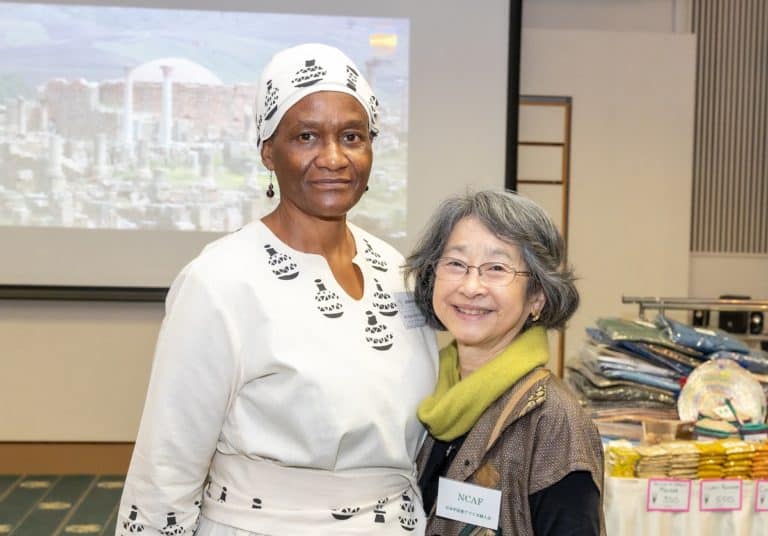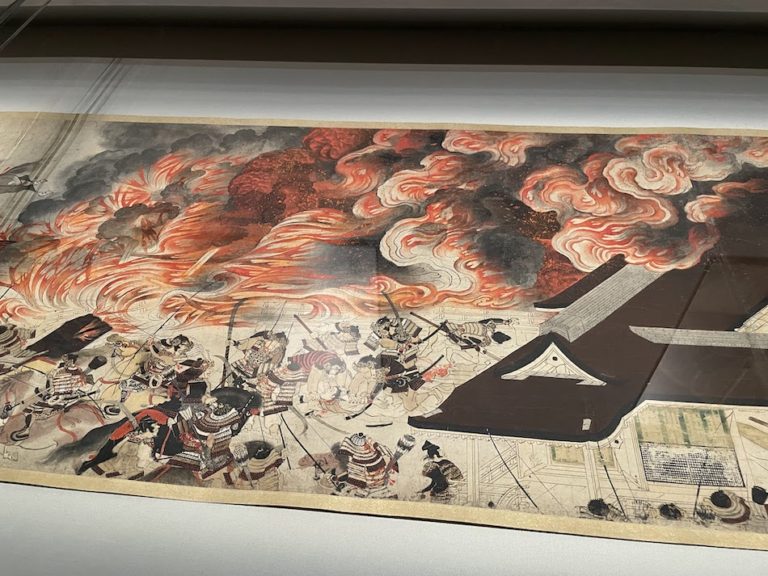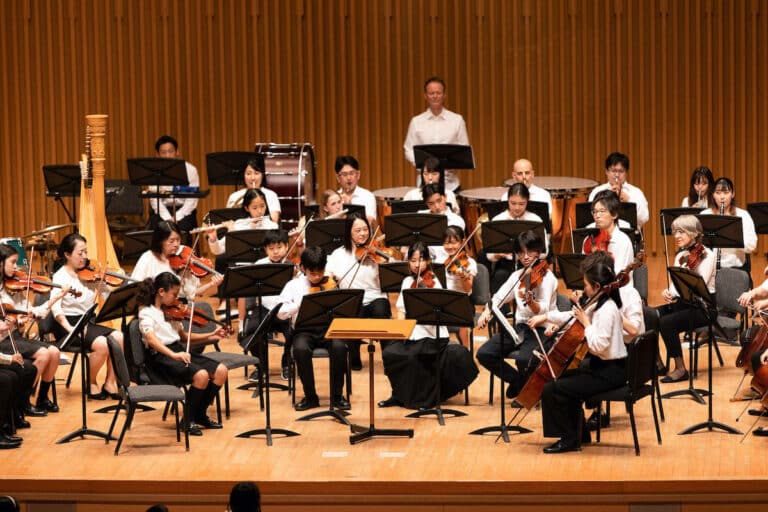Rome, the Eternal City: Masterpieces From the Capitoline Museums’ Collection

“Rome, the Eternal City: Masterpieces from the Capitoline Museums’ Collection” is currently being held at the Tokyo Metropolitan Art Museum (Ueno Park, Tokyo).

Rome, the capital of Italy, is known as the “Eternal City” and has fascinated people throughout the ages. “Rome, the Eternal City: Masterpieces from the Capitoline Museums’ Collection” is an exhibition that tells the story of Rome, from its origins to its glory days.
This exhibition consists of approximately 70 sculptures, paintings, prints, etc., mainly works owned by the Capitoline Museums, located in the center of Rome. It is organized and divided into five chapters.
- Chapter 1: The Creation of Rome’s Foundation Myth
In 1471, Pope Sixtus donated four ancient Roman bronze statues to the citizens of Rome. The bronze statues are “The Capitoline She-Wolf,” “The Bronze Statue of Constantine,” “The Boy Pulling Out Thorns,” and “Camillus.”
Of course, as everyone knows, “The Capitoline She-Wolf” is a work that can be said to be the starting point for ancient Rome, and a copy of it is on display in this chapter. Of the twins Romulus and Remus, who were nursed by this she-wolf, Romulus became the first king of Rome, and the country of Rome was founded. It vividly depicts the origin and glory of Rome. This was the most impressive chapter of the exhibition.
- Chapter 2: The Glory of The Ancient Roman Empire
This chapter shows the period in which Julius Caesar and his successor Octavian (later Augustus) proceeded with the development of the city and entered the republican era. Beautiful sculptures with a lot of Greek influence are lined up there.
- Chapter 3: From the Birth of The Capitoline Museum to Michelangelo’s Project for the Capitoline Hill
Chapter 3 shows Rome in the midst of urban planning. Michelangelo designed Piazza del Campiglio at the top of the Capitoline Hill.
- Chapter 4: The Collection of Capitoline Picture Gallery
This chapter introduces the history of the Capitoline Museums’ establishment in 1734 and the subsequent collection of paintings. At the same time, an art academy was established to foster artists, giving learning opportunities to all of Europe, and the exhibits display outstanding works that were born from this background.
- Chapter 5: Rome as a Capital of Art: Between Fantasy and Reality
The final chapter includes works that variously express the image of Rome, which has led the way in art, as well as works by foreign artists including Japanese. The book describes a rich artistic environment that embraces the arts.
This exhibition is by no means the type of exhibition that displays many works. Although the number of works is rather small, each piece is extremely elaborate and beautiful, giving the viewer an even more overwhelming presence. There is no doubt that you can truly feel the wonders of history and art.
After seeing this exhibition, I was reminded of the movie “Roman Holiday” starring Audrey Hepburn. Princess Anne, played by Hepburn, is asked by a reporter, “What did you like?” At first, the princess says that she is “so memorable everywhere…” but she stops commenting as instructed. She then reveals her feelings by saying, “Rome, by all means, Rome.”
Yes! It’s Rome. By all means, Rome! That sentence is appropriate for commenting on this exhibition!
This exhibition is full of information about Rome, a city that has led the times since ancient times and has shown its presence to the world. It was a moving exhibition that you should definitely see.
【Information】
Period: September 16 (Sat) – December 10 (Sun), 2023
Venue: Exhibition Rooms
Closed: Mondays, September 19, October 10 (Open the Mondays of September 18, October 9)
Hours: 9:30 – 17:30 (Last admission 17:00)
Days of Extended Hours: Fridays 9:30 – 20:00 (Last admission 19:30)
Admission:
Advance tickets | General ¥2,000 / College students ¥1,100 / Seniors 65+ ¥1,300
Tickets at the door | General ¥2,200 / College students ¥1,300 / Seniors 65+ ¥1,500
※Visitors of high school age and younger will be admitted free
※Admission free for visitors (and one accompanying person) with a Physical Disability Certificate, Intellectual Disability Certificate, Rehabilitation Certificate, Mental Disability Certificate or Atomic Bomb Survivor’s Certificate.
※High-school and university students, seniors 65 and older, and visitors with certificates are asked to show identification.
※Timed-entry reservation required for weekends and holidays.
Organized by: Tokyo Metropolitan Art Museum operated by Tokyo Metropolitan Foundation for History and Culture, The Mainichi Newspapers, NHK, NHK Promotions Inc.
Co-organized by: Roma Capitale, Assessorato alla Cultura, Sovrintendenza Capitolina ai Beni Culturali
Supported by: Embassy of Italy in Japan
Sponsored by: East Japan Railway Company, Daiwa House Industry Co., Ltd., Dai Nippon Printing Co., Ltd. (DNP)
In Cooperation with: ITA Airways, Nippon Cargo Airlines Co., Ltd.
Special WEB Site: https://roma2023-24.jp/en/
Telephone Inquiries: TEL:050-5541-8600 (Hello dial)






































